While working on my first buck converter I thought it would be a good idea to add reverse-polarity protection. So I went and searched for what would be the best (and easiest) way to do it and found P-channel MOSFETS. From what I understood, if the polarity is right, GND goes to gate and opens the MOSFET, and if it's wrong, then Vgs will be positive which is impossible, so it's off. This is the mosfet I chose. (it's THT, so a big heatsink can be added to it, since it will get hot at 31 A, with that Rds(on) of 7.4 mΩ, about 7.4*10^(-3) * (31)^2 = 7.1 W)
All ok, but my MAX input voltage is 55 V, and most of the MOSFETs I found have a Vgs of +-20V. If we would input 55 V, I think it'll release the magic smoke. So how can we limit the voltage? I saw in schematics they place a resistor in series to the gate and a diode connected to source. What exactly is the purpose of each? How can we cap the gate voltage to say 10 V?

From what I understood reading these: post1 and post2, the Zener caps the maximum Vgs difference, while the resistors caps the current and whatever value is safe for the >ener? In our example, if Vin=55 V, as say we have a 10 V Zener diode, then, when connected properly (no reverse polarity), the diode will subtract 10 V (voltage drop) from the source and give it to the Gate. Which means the Vgs would be (55-10)-55 = -10 (Perfect!). Is that it? And in the case of reverse polarity it wouldn't conduct anything at all, thus acting as protection. I heard we should be careful of the Zener current draw, and that has something to do with the resistor?
Also, is this formula correct for calculating R? I searched for it and found it here from Huisman

